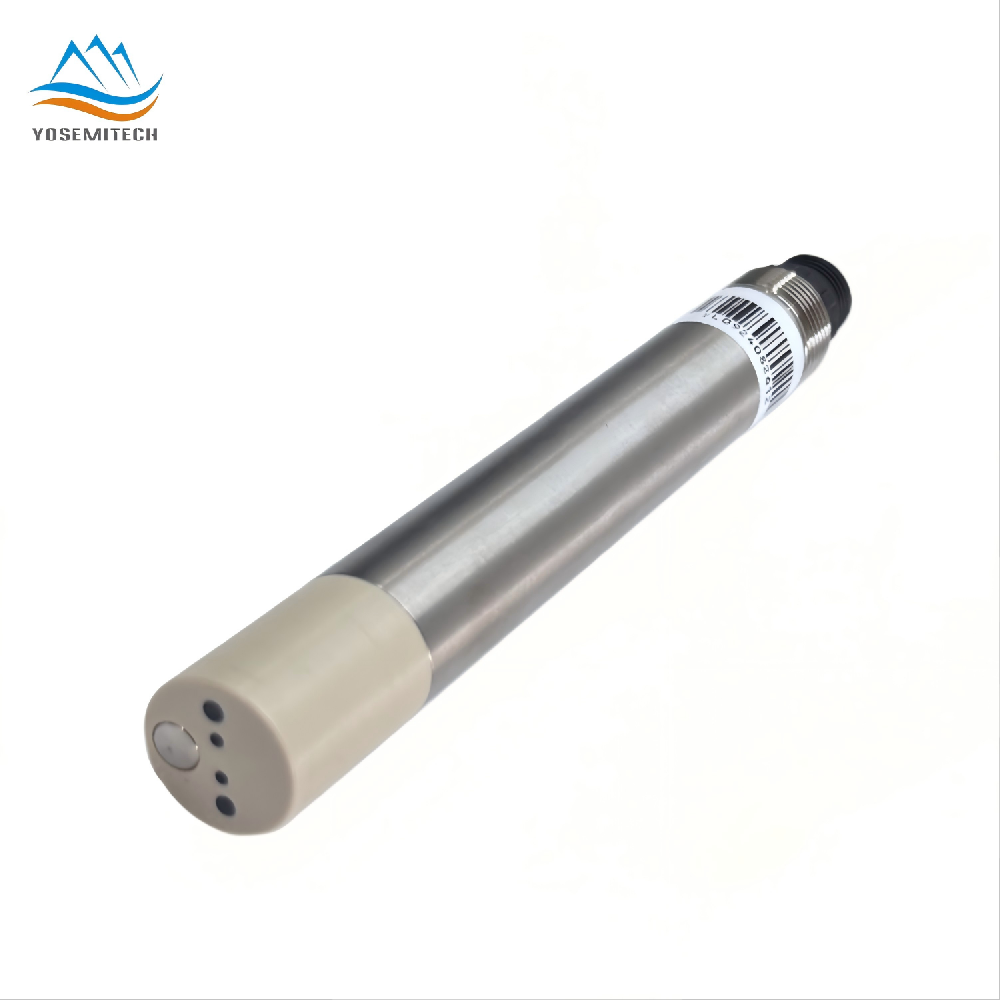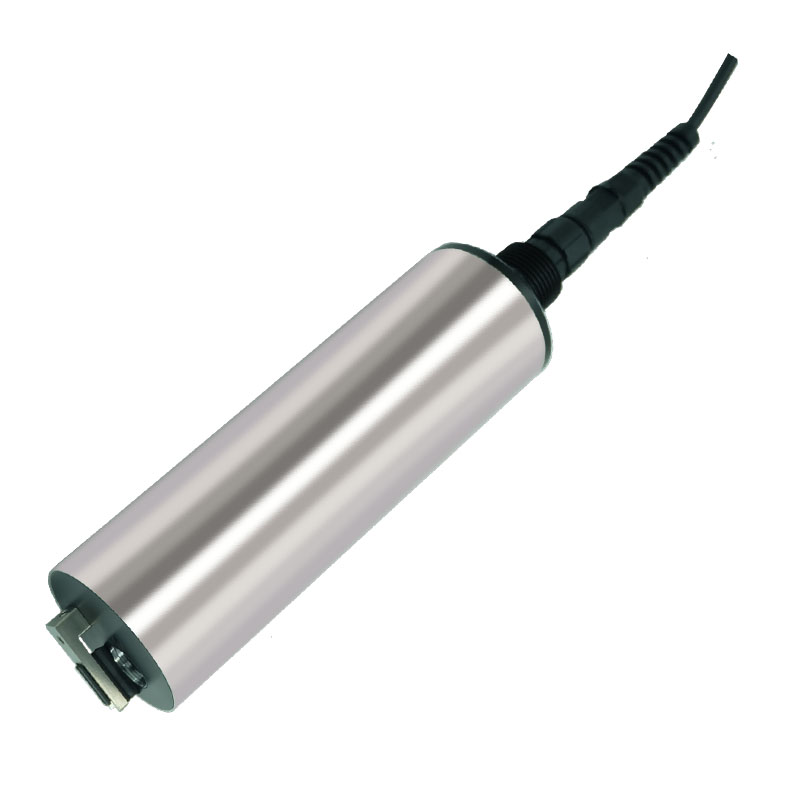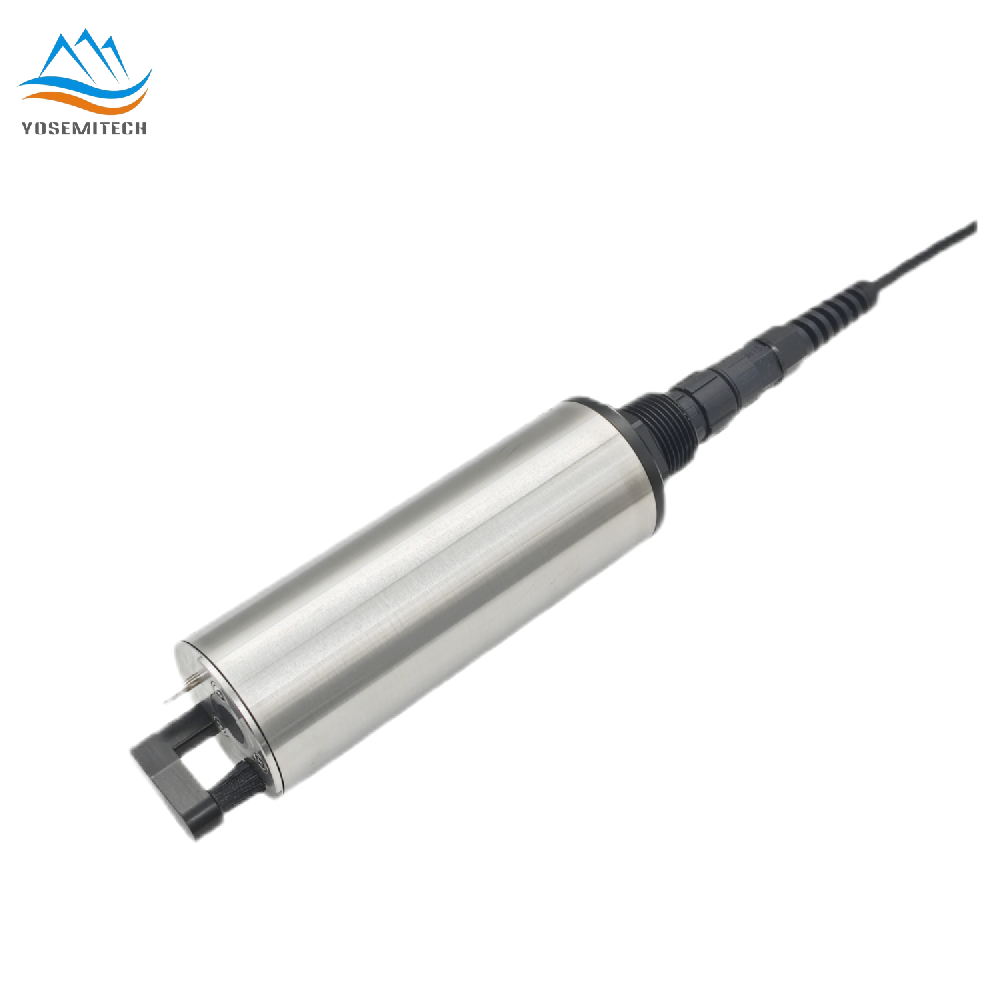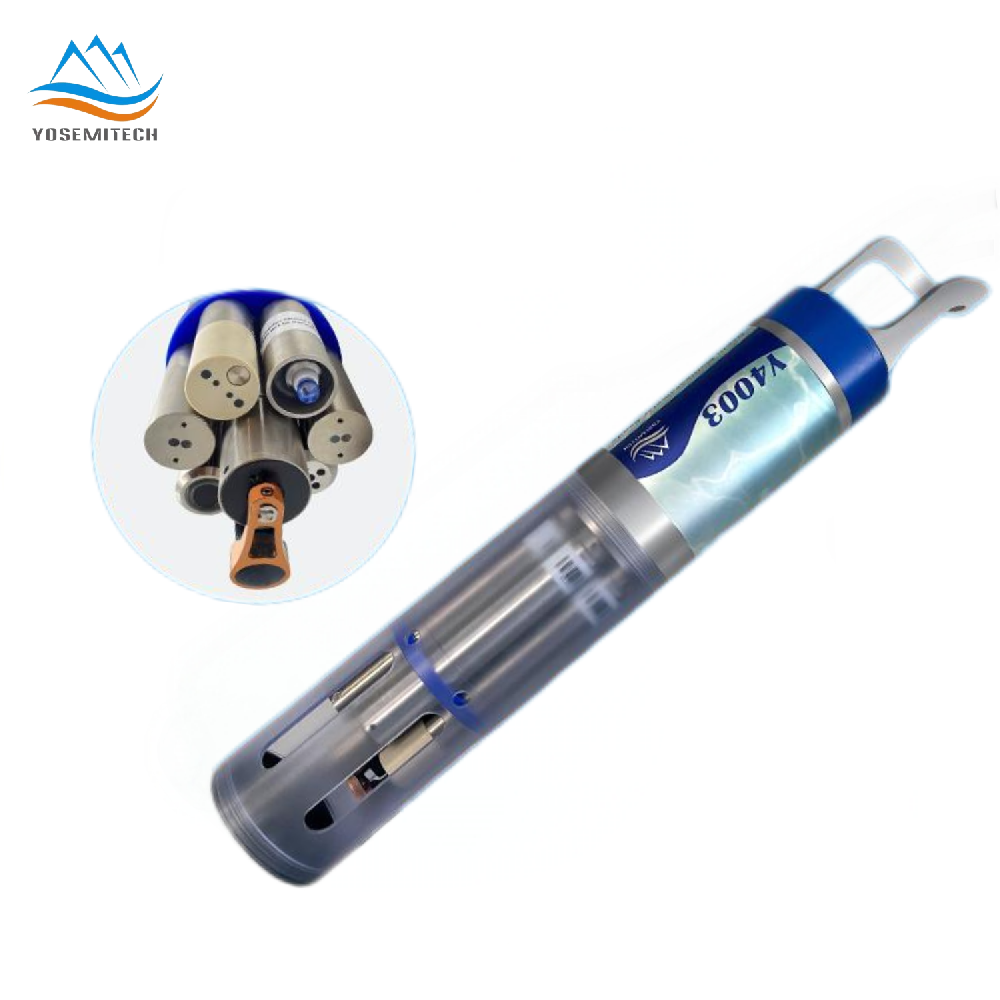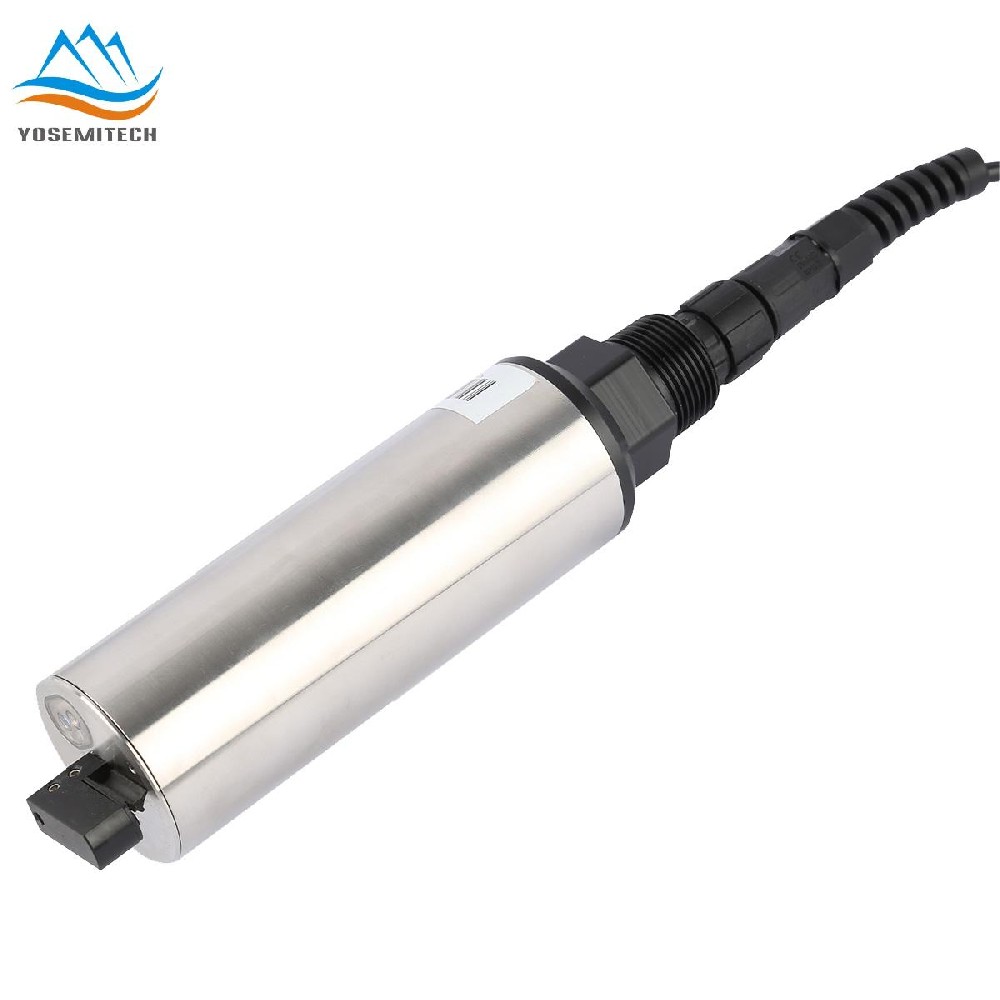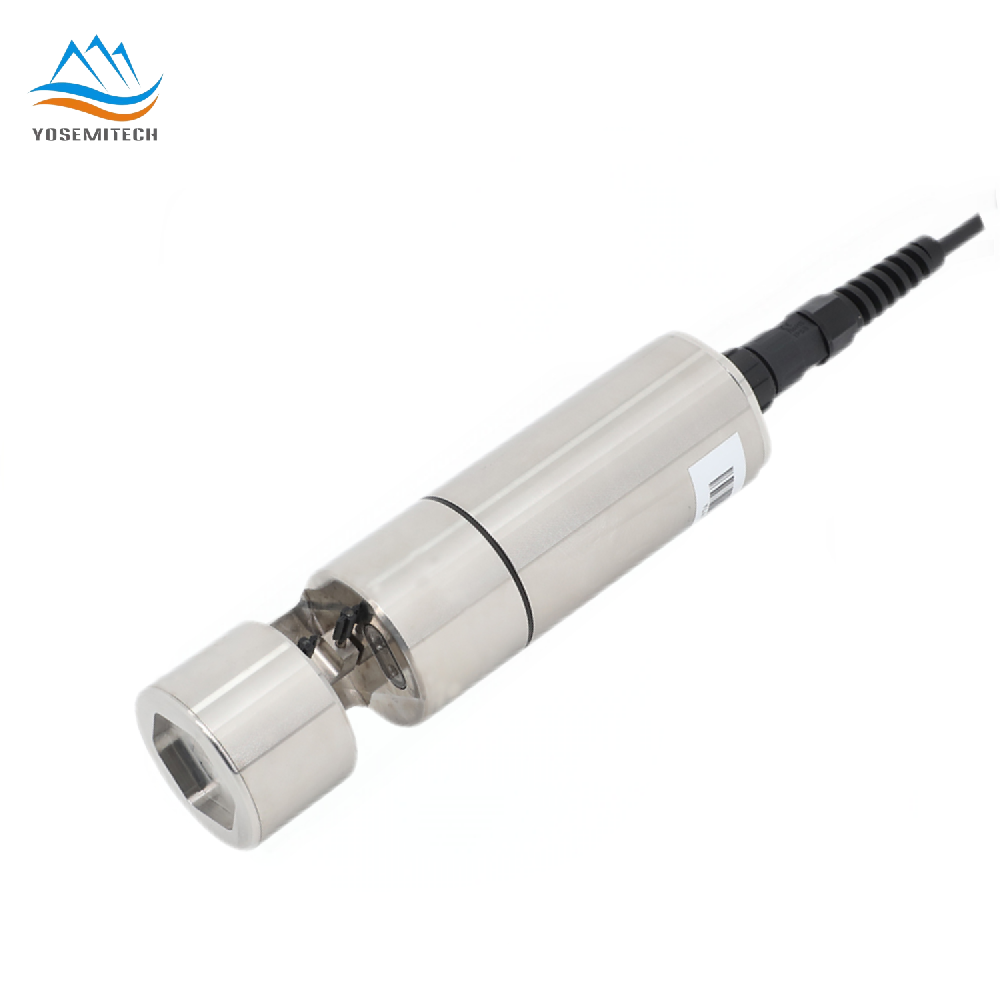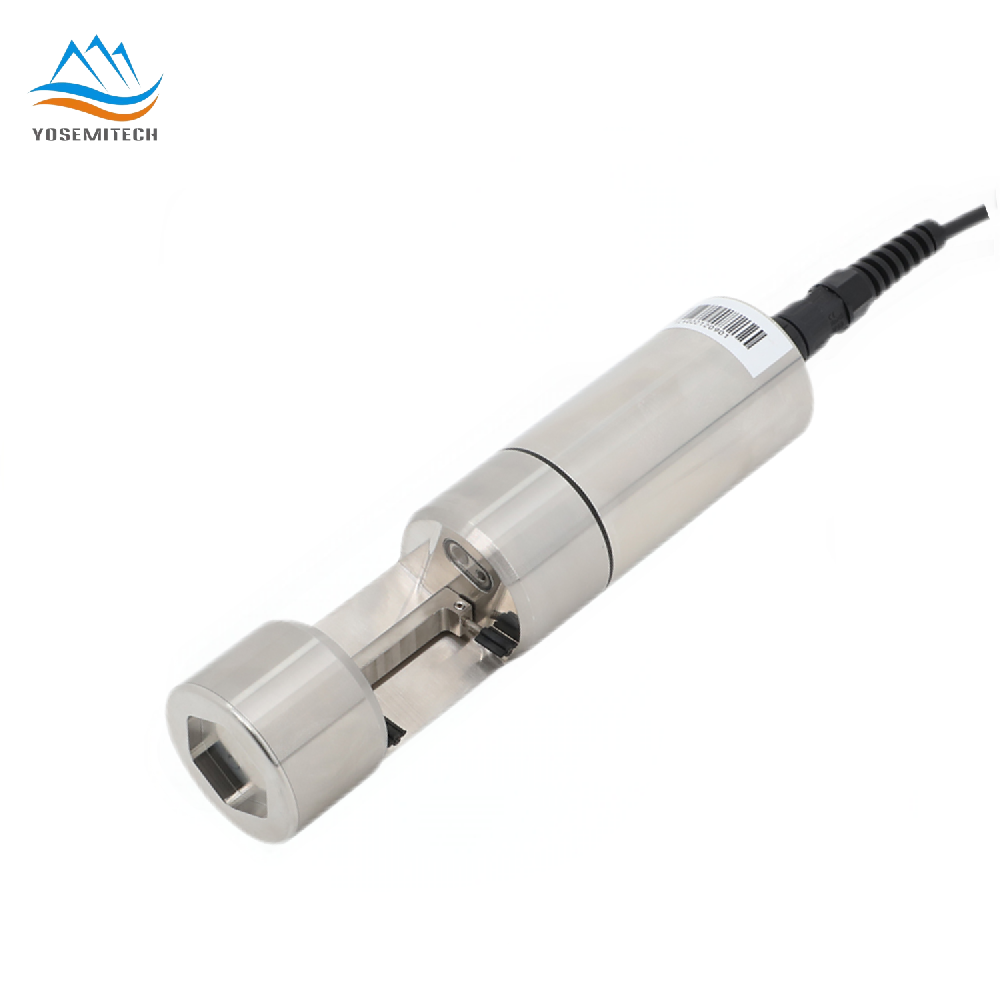Industry news
What is Salinity? How to Measure it?
Writer: admin Time:2024-10-28 14:14:36 Browse:845℃
Salinity is a term that often comes up in discussions about marine biology, oceanography, and environmental science. But what exactly is salinity, and why is it so crucial? This article will delve into the concept of salinity, its importance, the optimum range of salinity, methods of measuring it, and how to maintain appropriate salinity levels.
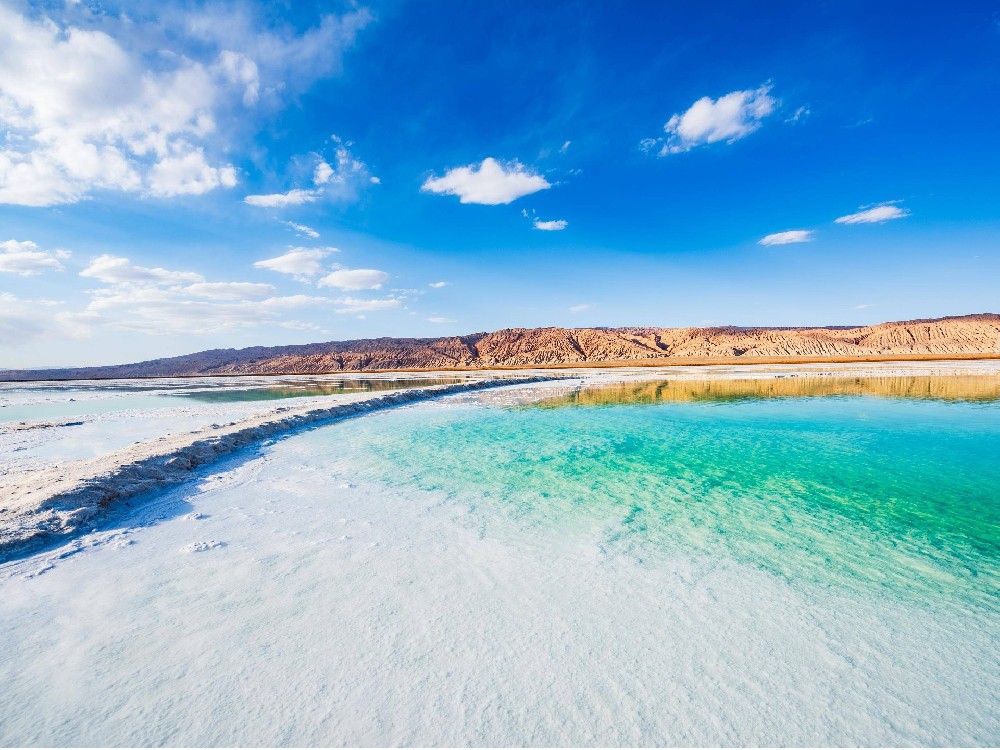
1. What is Salinity?
Salinity is defined as the concentration of dissolved salts in water. It is typically measured in parts per thousand (ppt) or grams per liter (g/L). Salts in seawater include a variety of minerals such as sodium chloride (table salt), calcium, magnesium, and potassium, among others. These salts are essential for the ocean's chemical balance and play a critical role in the aquatic environment.
2. Why is it So Important?
The importance of salinity cannot be overstated. It affects the density of water, which in turn influences ocean currents and climate patterns. Salinity also impacts the solubility of oxygen in water, which is vital for marine life2. Changes in salinity can affect species distribution, breeding cycles, and overall ecosystem health. For instance, many marine organisms have adapted to specific salinity ranges, and any significant deviation can threaten their survival.
3. How to Measure Salinity?
There are several methods to measure salinity, ranging from simple to complex:
Refractometers: These devices measure the bending of light as it passes through a water sample. The angle of refraction changes with the concentration of dissolved salts.
Conductivity Probes: Salinity can also be determined by measuring the electrical conductivity of water, as salt ions increase conductivity.
Titration: A chemical method where a silver nitrate solution is used to determine the chloride concentration, which is then used to calculate salinity.
Hydrometers: These measure the density of the water, which can be used to infer salinity.
4. How to Maintain Salinity?
Maintaining appropriate salinity levels is crucial, especially in aquaculture and aquarium environments. Here are some strategies to manage salinity:
Regular Monitoring: Use salinity meters or refractometers regularly to check levels and ensure they remain within the desired range.
Water Changes: Conduct periodic water changes to adjust salinity naturally. This is particularly important in closed systems like aquariums.
Controlled Evaporation: Manage evaporation rates to prevent salinity spikes, which can harm aquatic life.
Use of Additives: In some cases, adding salt or freshwater can help maintain the correct salinity levels, but this should be done cautiously to avoid sudden changes.
5. Conclusion
In summary, salinity is a critical parameter in the aquatic environment, influencing everything from climate patterns to marine biodiversity. Understanding and measuring salinity is essential for effective water management, whether in the open ocean or in controlled settings like aquariums. By maintaining appropriate salinity levels, we can ensure the health and stability of aquatic ecosystems.
By addressing these aspects, this blog aims to provide a thorough understanding of salinity and its significance. Whether you're a marine enthusiast, a student, or an environmental scientist, gaining insights into salinity can help you appreciate the delicate balance that sustains life in our oceans.
CATEGORIES
CONTACT US
Yosemitech Technologies Co., Ltd
 +86 19984844080
+86 19984844080
 sales@yosemitech.com
sales@yosemitech.com
 Bldg,25,CECEP Industrial Park, No. 18 Dongchang Rd. Suzhou Industrial Park, Jiangsu Province,China 215126, China
Bldg,25,CECEP Industrial Park, No. 18 Dongchang Rd. Suzhou Industrial Park, Jiangsu Province,China 215126, China
